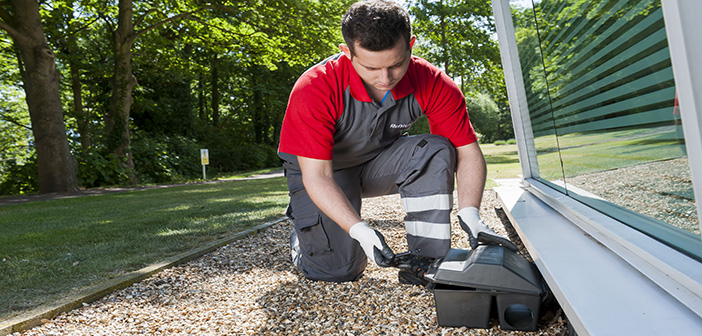The latest data from Rentokil Pest Control reveals a sharp rise in reported rodent activity across the UK, with rat activity increasing by 31% and mouse activity by 32% (from Q3 to Q4 2024).
The increase in activity is likely to predominantly be due to the usual seasonal behaviour of rats during the colder months when they typically move indoors or closer to buildings in search of food, warmth, and shelter.
However, these figures from Rentokil in the UK come on the back of several recent reports about rats being on the rise across the world, which is a concerning trend for homeowners and businesses as these pests are not only a nuisance but can also cause significant damage to property and pose health risks.
Paul Blackhurst, head of Technical Academy at Rentokil Pest Control, shares his expert advice on how to keep these unwanted visitors at bay.
“Rats and mice are often confused due to their similar appearance, but how they gain entry to buildings differs, meaning it’s important to identify which rodent you’re dealing with to determine the most effective way to tackle the problem,” Mr Blackhurst said.
“House mice are smaller and have slender bodies with long, hair-covered tails relative to their body size. They have an extraordinary ability to squeeze through small openings. Thanks to their flexible rib cages, they can fit through small gaps the width of a pencil. This makes it especially important to inspect your property for any potential entry points, even those that may seem too small to matter.
“Rats, on the other hand, are generally larger with thick, hairless tails and rely on well-established routes, typically along skirting boards and walls, due to their poor eyesight. If you notice greasy marks or smudges on walls, it could be a sign that rats are frequently passing through the area. These marks result from the natural oils on their fur, leaving behind a trace as they move.”


